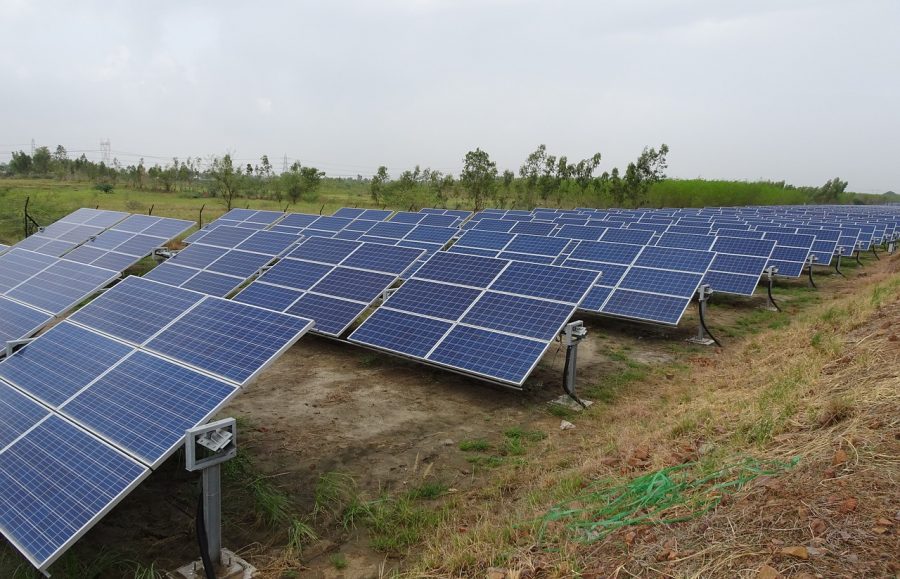Lafayette has signed an energy purchase agreement to buy renewable energy on a 200-acre solar farm as part of their effort to achieve carbon neutrality by 2035. This 15-year virtual power purchase agreement is in conjunction with Lehigh University, Muhlenberg College and Dickinson College, and is the largest solar power purchase of any group of independent higher education institutions nationally, according to a press release by the Lehigh Valley Association of Independent Colleges.
“This agreement will negate the carbon emissions that are associated with the electricity that we purchase, which represents approximately 47 percent of our total emissions on an annual basis, approximately the amount of electricity that we purchase 34,000-megawatt hours,” Nick DeSalvo, the Campus Energy Manager said.
The power purchase agreement will negate 100 percent of Lafayette’s emissions associated with electricity consumption and aid the campus in achieving the goals laid out in the Climate Action Plan 2.0 that was signed last year, DeSalvo said.
Initially, the schools in the power purchase agreement wanted the solar farm to be nearby so students could visit the farm, DeSalvo said. However, as proposals came in, they realized any projects in the area would involve clear-cutting forests or agricultural fields.
“This project is in West Texas where it’s low growing scrub vegetation, there’s not going to be clearing that needs to be done of mature trees, or really any trees, to be able to build this,” DeSalvo explained. “They burn more coal and oil than we do here, so overall, the reduction in emissions is going to be larger in that grid than it would be here.”
All four schools make up about half of the solar entire project, DeSalvo explained. All the participating schools signed an executed contract on February 14, 2020, and the grid is expected to be operational in December 2022.
“[Texas has] a dirtier grid so in the scheme of things overall it would help reduce emissions on a larger scale and the economics were best, it has to work from an economic standpoint too,” DeSalvo said.
This project will offset more than 70,000 metric tons of carbon emissions each year, which is equivalent to removing over 15,000 cars from the road, according to Lehigh Valley Live. The electricity produced by the solar grid will not be used to provide electricity to Lafayette, but rather to offset their total carbon emissions.
“To be able to do big chunks we needed to be able to do the off-site renewable project. We could put solar panels on every roof on campus and that would be a small percentage of our emissions, under 10 percent,” DeSalvo said. “That was one of the big hurdles we had to overcome. It was obvious that we needed to get into a utility scale, large scale off-site, renewable energy project.”
Part of the negotiations was for educational and research opportunities. Included in the contract is guest speakers will come to each of the schools and talk about renewable energy once a year, DeSalvo explained.
Faculty will also have access to real time production data from the array to incorporate into their curriculum and there will also be two internships per year for the first eight years, that will be divided between the four schools, likely beginning after the grid’s anticipated commercial operation date in 2023.
“The purpose is to give students some exposure to what it takes to actually build a renewable energy project. From the planning side, the permitting side, the finance and economic side, the construction side, to give students exposure to what it’s like to work in the renewable energy industry,” DeSalvo said.




















































































































